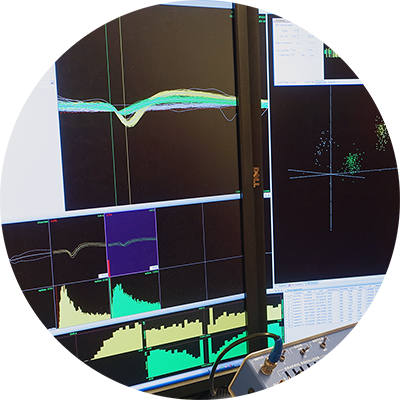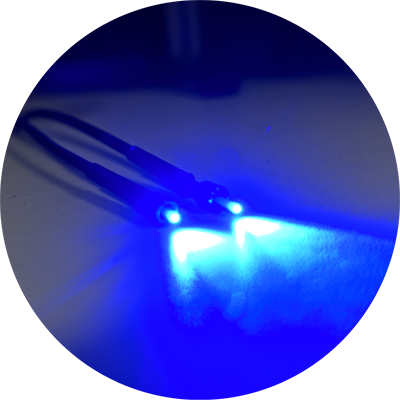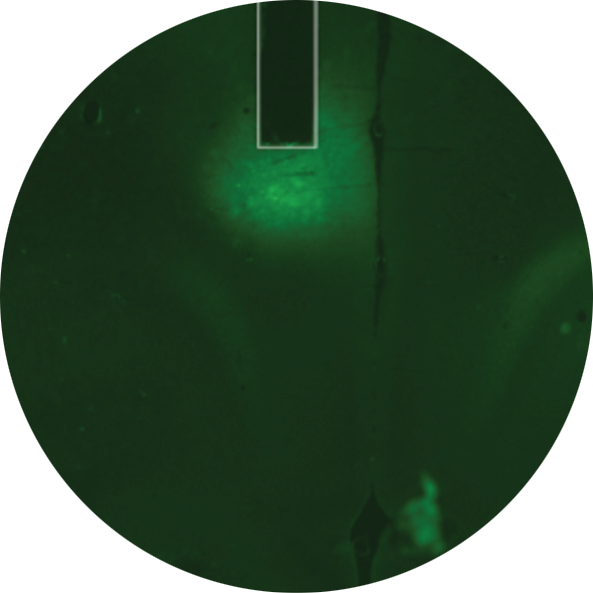
Addiction
Using complementary procedures of a gold standard model, i.e. intravenous self-administration in rodents, OptoPath™ evaluates the addictive risk of new psychoactive compounds (a legal prerequisite for marketing authorization) as well as the anti-addiction potential of new compounds.
PTSD – Fear & Anxiety
OptoPath™ scientists have developed a pertinent behavioral model based on the clinical dimensions of the PTSD precisely defined by the DSM-IV (the reference manual of psychiatry).
Supporting clients working in therapeutic areas such as:
Simultaneous extracellular recording of the spiking activity of large numbers of individual neurons along with recordings of local field potentials during different brain state (awake, slow wave sleep, REM sleep) in different neuronal structures under baseline conditions or in a number of behavioral tests.


In vivo fiber photometry, or 1 photon calcium imaging with cellular resolution in freely behaving animals. It is used to monitor calcium dynamics in real time from neuronal populations or specific cell types.

Download the one-pager for more info and sample data on OptoPath's in vivo electrophysiology solutions.
Learn moreEvaluation of the deleterious effects of new compounds on long term spatial memory in rodents.
Learn moreEvaluation of the potential of new psychoactive compounds in normalizing neurobiological markers of pathological fear memories in rodents.
Learn more